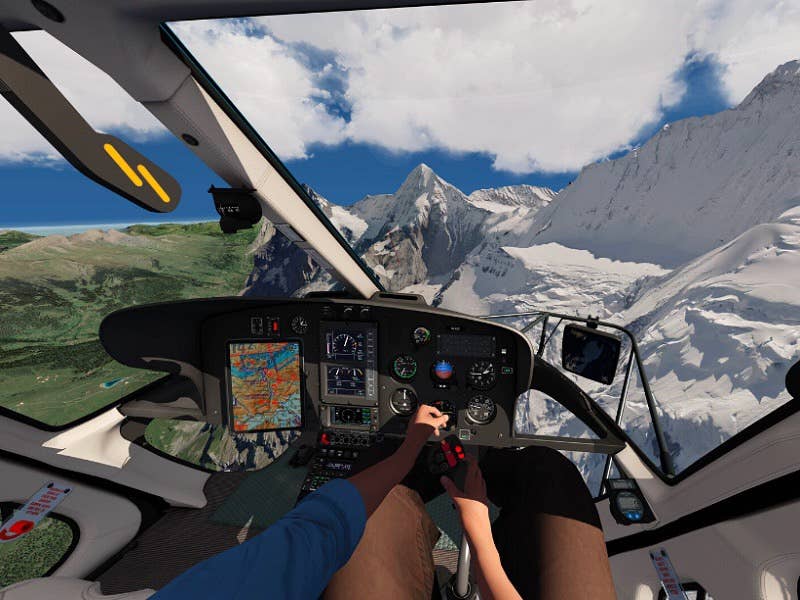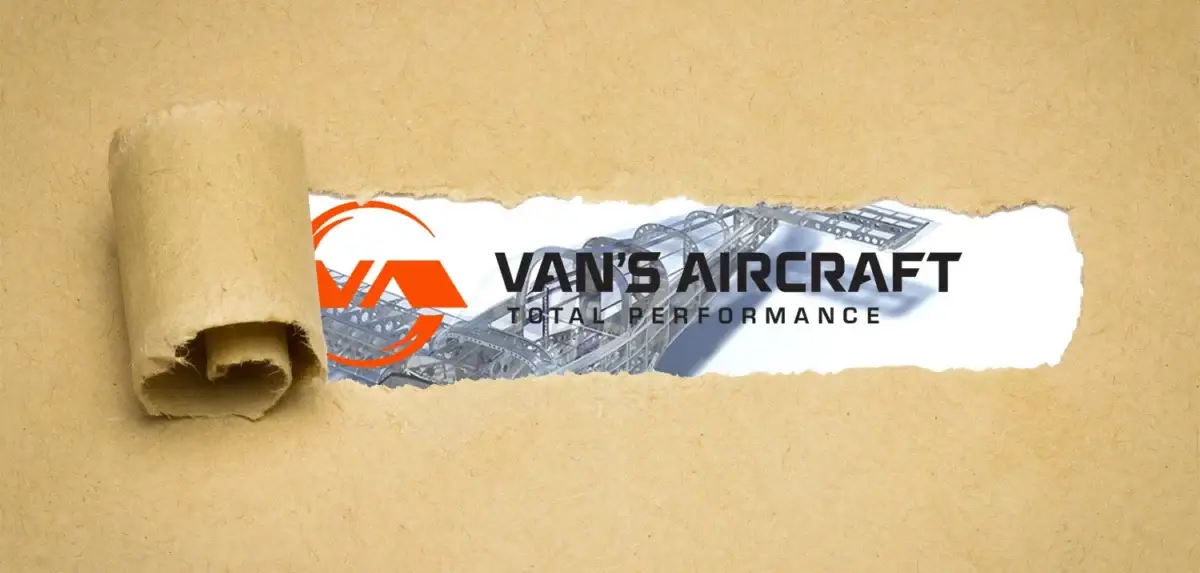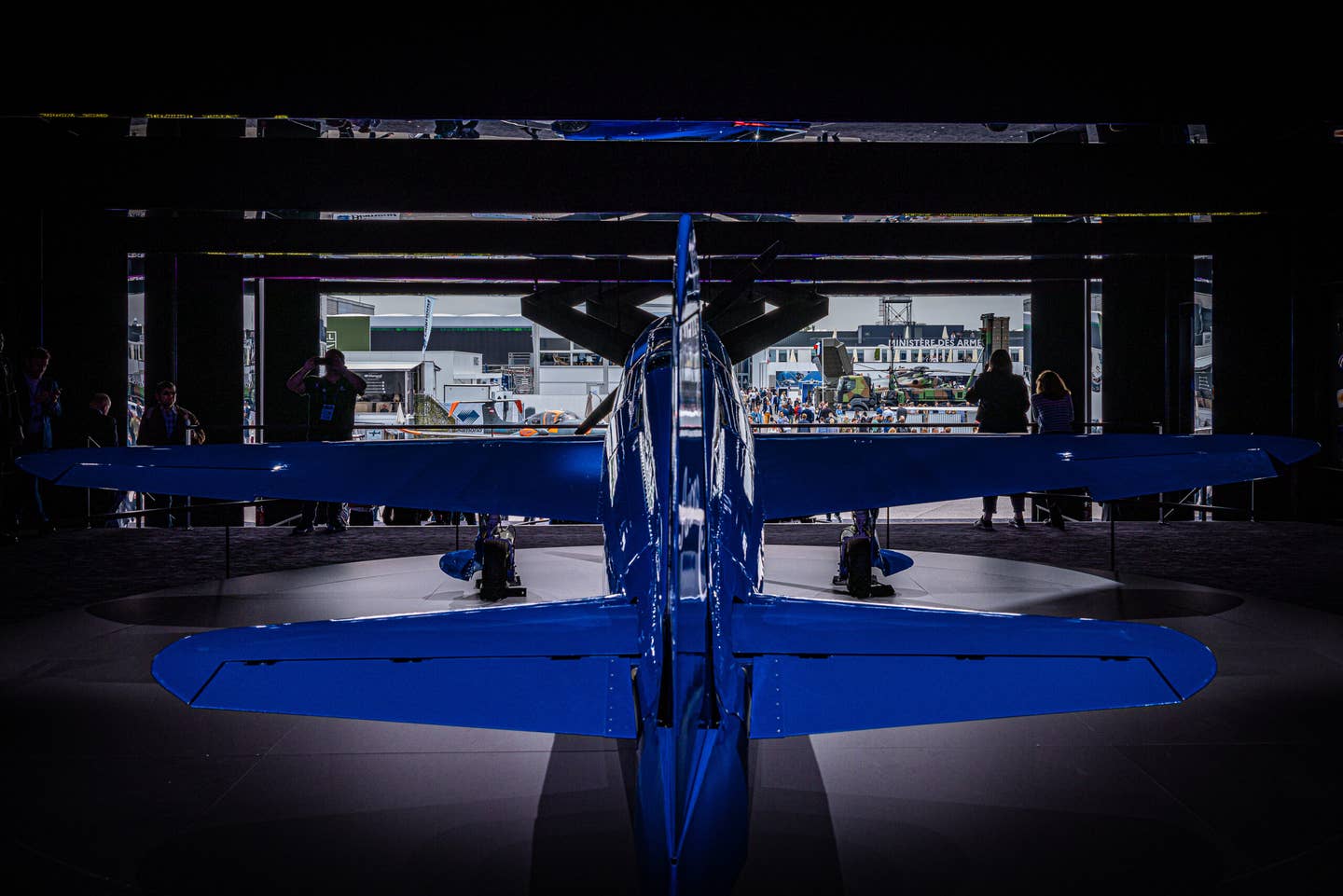Stories That Struck a Chord This Year
As we turn final on 2023, there are some stories that I recall vividly from this past year. Some make me sad, some make me a little angry, and others make me, and others, smile.

There were a number of memorable aviation stories from 2023. [Shutterstock]
If you ask me about a story I wrote, I may have a deer-in-the-headlights moment as I try to recall that particular piece. That's what happens when you write for a living. However, as we turn final on 2023, there are some stories that I recall vividly from this past year—some make me sad, some make me a little angry, and others make me—and others—smile.
We start with the sad, as I wrote several stories about aircraft accidents this year. Often, my airport children (pilots I have trained or mentored) reach out to me when something happens, but we wait to publish anything on these until the NTSB releases its preliminary report. I often interview witnesses, but there will be no speculation. This is a rule.
I approach all of these stories wearing my flight instructor cap. I submit there has to be something to learn from the misfortune of others. This year, I wrote a lot about midair accidents.
I had several friends at Reno this year, watching the last Reno Air Races. A few of them are lifers, going to the event every year since they were children. Some work in the pits. A few witnessed the collision of the T-6s Baron’s Revenge and Six Cat. Others witnessed the aftermath. One told me how he struggled to explain what had happened to his kids. I think we can all agree it was a horrible way to end the air races at Reno.
Florida Midair
At approximately 2 p.m. on March 7, 2023, there was the collision of a Piper Cherokee and a Piper J-3 Cub on floats at Winter Haven Regional Airport (KGIF) in Florida, that killed four people: two CFIs and two learners. Both were in their respective patterns—the pilot of the Cherokee was attempting a poweroff 180-degree landing to Runway 29, and the Cub was attempting to land at Jack Brown's Seaplane Base (F57).
20-plus years of experience as a CFI has given me a very healthy respect for see-and-avoid, and expect the unexpected—especially in the pattern, that is so often crowded with pilots of varying abilities. This one was my worst nightmare, especially when I learned the pilot of the Cherokee was a commercial student attending the aviation program at Polk State College. I know people who teach there.
The pilot of the Piper J-3 Cub on floats was also on an instructional flight. As the preliminary NTSB report noted, the J-3 was not equipped with a radio, and radio communications were not required in that airspace, which is Class Echo. The NTSB noted the pilot of the Cherokee announced a left turn to the base leg of the traffic pattern; then the aircraft collided nearly head-on at an altitude of approximately 575 feet msl. The NTSB is still investigating.
Airshow Collision Lawsuit
The November 12, 2022 midair collision of the B-17 Texas Raiders and the P-63 Kingcobra that took the lives of six during the Wings Over Dallas Airshow came back in 2023 when a lawsuit was filed against the Commemorative Air Force, the organizers of the show, on behalf of the family of Len Root, the B-17 pilot. The lawsuit was filed on the grounds of alleged negligence because, according to the NTSB, no altitude deconfliction procedures were briefed before the flight or applied when the airplanes were in the air.
The lawsuit also names air boss Russell Royce as a defendant for alleged failure to maintain control of the flight paths of the aircraft involved. Altitude deconfliction procedures are established in the event pilots find themselves at an improper altitude during the flight. Several photographs and videos of the event from multiple angles show the P-63 in a turn, coming up behind the B-17 turning with its belly facing the bomber, then colliding with it, slicing the bigger aircraft in half.
McSpadden Accident
When I write about accidents, it involves studying the airport diagrams and the NTSB preliminary report, often recreating the environment that led to the event in an Redbird FMX AATD. It is my attempt to understand what happened, as written in the preliminary report.
When I wrote about one in Florida that was attributed to spatial disorientation caused by a blackhole departure, I duct-taped a black curtain over the entry to the cab of the FMX. I needed a zero-light situation to see what the pilot saw.
I shared this with Richard McSpadden Jr., who was AOPA's vice president of safety, and often studied and commented on accidents for AOPA’s Air Safety Institute. I often reached out to him for his insights, as we shared the same philosophy about learning from accidents. I had tremendous respect for him, not only for his work with ASI, but also for his experience as a member of the USAF Thunderbirds. We often discussed how instructors could better prepare their learners to avoid these events.
That ended on October 1 when McSpadden and former NFL tight end turned FBO owner Russ Francis were killed attempting to return to Lake Placid Airport (KLKP) in New York. The Cessna Cardinal RG they were flying developed an engine issue shortly after takeoff. Witnesses told the NTSB that the engine sounded as if it was surging. Someone onboard the Cardinal radioed they were returning because of a problem.
The purpose of the flight was to do a photo mission for AOPA. The photo aircraft, a Beechcraft A36, took off first. Per company procedure for photo flights, the pilot/owner of the subject aircraft (Francis) was to fly the airplane during the takeoff, climb-out and landing, and after joining up in formation, the pilot-rated passenger (McSpadden) would take over the controls and fly the airplane, as photo shoots require formation flying.
The airport is on a plateau. There is a single runway, 14/22, measuring 4,196 feet long and 60 feet wide. There are several obstructions, including trees, which according to the NTSB preliminary report measure 77-feet-high located 884 feet from the runway, and 334 feet left of centerline, which required an 8:1 slope to clear. Additionally, there is a 13-foot-high berm with a road 145 feet from the threshold and more trees some 93 feet from the runway. The Cardinal came down short of the runway, nose first into a ravine. There was no fire, but fuel spilled when the wing tanks were compromised. According to witnesses, both men survived the crash but expired a short time later. The NTSB is still investigating the accident.
Like so many, I was stunned and rattled by the accident—so much so that I spent the better part of two hours recreating the event in the Redbird configured like the Cardinal, practicing the improbable turn. If it could happen to Spad, it could happen to me, I thought. A few times, I ended up in the ravine. Later I spent two hours flying a Cessna 172 with the most experienced instructor I know in the Seattle area. It felt good to get some dual again.
Death by Time Builder
In October, I wrote Death By Time Builder in response to a crash in Kentucky involving an instructor, Timothy McKellar Jr., 22, who did a night cross-country flight in convective weather with l8-year-old private pilot candidate Connor Quisenberry. They were killed when thunderstorms tore the Piper Warrior apart. It is a sad story, made infuriating because McKellar, who had a pronounced social media presence, documented his frustration with the learner–and the approaching thunderstorms via Snapchat during the flight when, as an instructor, he should have been focused on teaching.
According to social media posts, McKellar soloed at Eagle Flight Academy in Owensboro, Kentucky, in 2020 but did the bulk of his training at ATP. He earned his private pilot certificate in spring of 2022, followed by instrument rating and commercial certificates, and in April 2023, his CFI rating. On his social media accounts, he listed ATP as his employer, but the fatal flight originated from Eagle Flight Academy.
Based on the track recorded by FlightAware, which shows multiple laps in the pattern at Bowling Green, it appears the flight was done to satisfy the three hours of night flying and ten takeoffs and landings required for private pilot certification.
McKellar's snaps included disparaging observations about Quisenberry's intellect made during the flight. That is never okay. The CFI needs to be focused on teaching in the cockpit. Put the damn phone down.
The final Snapchat was made on the return leg and shows a preview of the flight path from Bowling Green to Owensboro overlying a radar image showing severe storms heading toward them. McKellar compares them to 'pissed off hornets,' noting that they are heading toward them, yet the flight continues with thunderstorms on either side of the proposed track.
Flying into thunderstorms or trying to outrun them or duck between them screams ‘get there itis,’ and hazardous attitudes invulnerability, macho, anti-authority, impulsivity, and you might say resignation as when working with primary students the instructor is the pilot in command and responsible for the safety of the flight. The fact McKellar allowed the flight to happen at all with convective activity in the forecast is perplexing.
In the last contact with ATC, McKellar asks for an IFR clearance, reporting the aircraft was being blown around like crazy. ATC gives a heading to turn to. The radar track from FlightAware shows the aircraft passing through the assigned heading, and there was no further communication. The wreckage was found spread over a 25 acre area.
Aeronautical decision making is a big part of learning to fly, and the ability to make good decisions can be compromised when the CFI is more focused on ‘getting it done’ and or social media presence. One wonders if McKellar had good risk management modeled for him as a learner.
A few weeks after the event I attended the National Association of Flight Instructors (NAFI) summit and this event was a topic of discussion. A great many professional CFIs and Designated Pilot Examiners (DPEs) are concerned about the time builders who rush through training and don't have the time to mature as educators. Should we trust them to train the next generation of pilots?
When training centers on passing the check rides and becoming an instructor to build hours, the focus often isn’t on becoming a good teacher, as it is seen as a stepping stone. It’s the learners who pay for this when their CFI demonstrates poor risk management, such as flying into a thunderstorm at night. I submit Quisenberry would have learned much more about decision making had McKellar canceled the flight. And both families would likely still have their sons.
Business Stories
On the business side of aviation, the announcement this month that Alaska Airlines was buying struggling rival Hawaiian Airlines for $1.9 billion got mixed reviews from my airport sons and daughters who fly for both carriers. The acquisition was several months in the making and included Alaska Airlines taking $900 million in Hawaiian Airlines debt. While it may keep the island-based carrier afloat, it is not clear what impact this will have on seniority numbers. It's just nice to know Hawaiian Airlines won't disappear.
The Fun Stories
In early July, we asked our readers to help track down the legacy of Captain Jack L. Martin, a World War II-era aviator who went on to help establish the Flying Tiger Line, one of the first cargo airlines in the United States. Captain Martin went west in 1970, so he never met Anne Palmer Martin, who married his son Bob decades later. Palmer Martin was a college classmate of mine, and I was positively over the moon when she offered me the A-2 flight jacket that belonged to Captain Martin after Bob, who had inherited his father's jacket, went west. It had been in the closet for years, and she hoped I could help her learn more about the jacket and the man who wore it, as I am a collector. Challenge accepted.
The jacket, dry and brittle with age, was carefully restored and photographed, and I reached out to my warbird and vintage jacket aficionados. There was one photograph of a 20-something Captain Martin wearing the jacket and what appears to be a USAAF uniform standing next to another man in uniform at what appears to be an air base. There are T-6s in the background and one of our readers told us the airplane they are leaning on appears to be a Beechcraft AT-11, which was a bombardier trainer during WWII.
We heard from several readers who knew Captain Martin from his civilian flying career. He flew supply missions to the Defense Early Warning line as it was being built during the Cold War and flew over both poles. He was well-liked and a good teacher, they said, and shared a few images of Captain Martin in uniform—including one that also showed Bob as a little boy with his father and sister.
Stuffy the Kitten Makes it Home
The most fun story came out of AirVenture 2023, and really didn't have much to do with aviation, but rather the way the aviation community pulls together to help each other—that is the story of Stuffy the toy kitty that was accidentally left behind at KidVenture on July 24. Stuffy belongs to 6-year-old Brayden Eveleth of Grandview, Iowa. Eveleth celebrated his birthday at AirVenture, and one of his gifts was the plush toy cat that when microwaved, gives off a lavender scent. According to his mother, Ashley Eveleth, the whole family was distraught when Stuffy went missing while Brayden was distracted by the activities at KidVenture. The family retraced their steps and contacted EAA lost and found looking for the misplaced toy. As luck would have it, EAA volunteer Gary Sternberg posted a photograph of the found plushy cat on Facebook on July 28, urging readers to help the toy get back to its owner. Sternberg told FLYING he understands how important childhood attachment objects are to their owners, so he takes a vested interest in their return.
Real talk: having had a similar experience as a child when Reckless, the orange plush cat that was my copilot on my B-25/fort in the backyard was stolen, I was all over this one. The FLYING story went up on social media, and both it and Sternberg's post were copied and shared several times over. We were able to track down the Eveleth family, who were overjoyed to hear the toy had been found.
The kind folks at EAA shipped Stuffy home, and Ashley Eveleth shared a video with FLYING of Brayden opening the box in the back of his mother's car and weeping with joy to see his kitty again.

Sign-up for newsletters & special offers!
Get the latest FLYING stories & special offers delivered directly to your inbox





